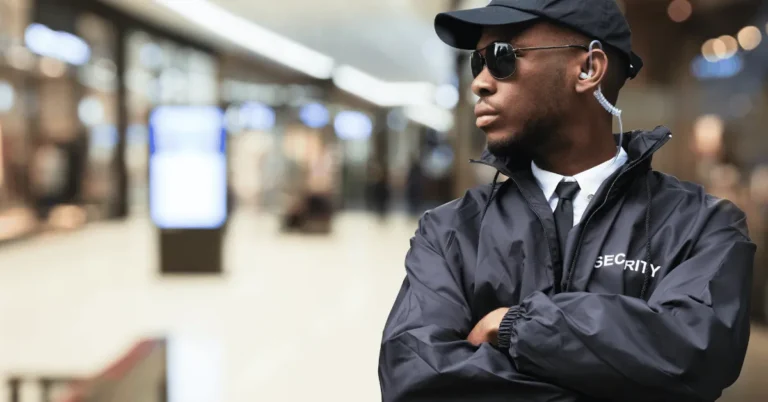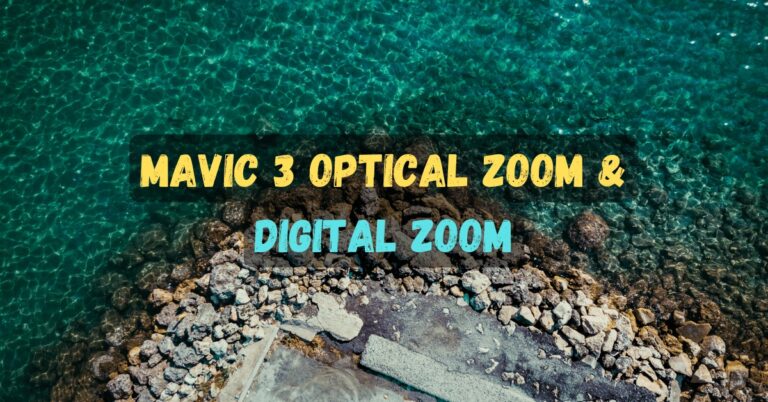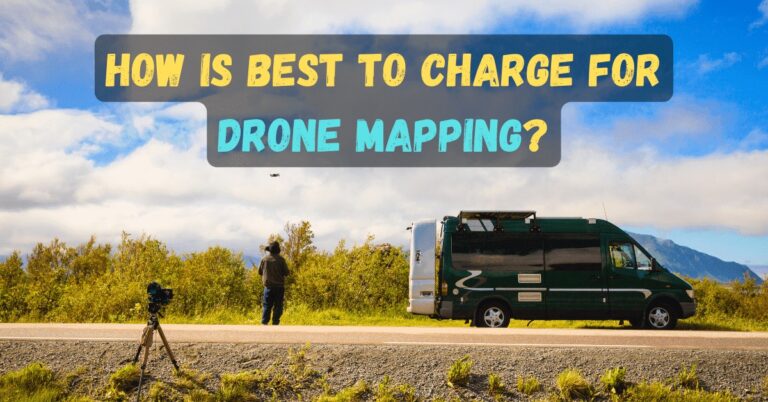Can I Change the Camera on My DJI Drone?

DJI, a leading manufacturer in the drone industry, has continually pushed the boundaries of aerial technology since its establishment in 2006.
Over the years, DJI has introduced a range of drone models, each equipped with increasingly sophisticated camera systems.
This evolution reflects the company’s commitment to enhancing the quality and functionality of aerial photography and videography.
DJI drone models can be broadly categorized based on their camera systems: integrated cameras and modular cameras.
Integrated cameras are built into the drone and cannot be replaced or upgraded. These are commonly found in consumer-level models such as the DJI Mavic series and the DJI Phantom series.
These drones offer high-resolution cameras with advanced features like 4K video recording, high frame rates, and gimbal stabilization.
For instance, the DJI Mavic Air 2 features a 48MP camera capable of shooting 4K video at 60 frames per second, along with a 3-axis gimbal for smooth footage.
On the other hand, modular cameras are designed for professional use and can be swapped out to suit different needs.
DJI’s Inspire series and Matrice series are prime examples of this flexibility. The DJI Inspire 2, for example, supports a variety of Zenmuse cameras, such as the Zenmuse X5S, which offers a 20.8MP Micro Four Thirds sensor and the ability to shoot 5.2K video.
This modularity allows users to choose cameras based on specific requirements, such as higher resolution, better low-light performance, or specialized lenses.
The significance of camera specifications cannot be overstated. High resolution ensures detailed images, while higher frame rates are essential for capturing smooth motion.
Gimbal stabilization is crucial for eliminating shake and producing stable footage. Additional features, such as HDR (High Dynamic Range) and various shooting modes, further enhance the versatility and quality of DJI drones.
Understanding the capabilities and limitations of different DJI drone models and their cameras is essential for making informed decisions, whether you are a hobbyist or a professional seeking to capture stunning aerial imagery.
Curious about how drones create maps? Dive deeper into How Does Drone Mapping Work? in the next section!
Compatibility and Limitations of Swapping Cameras
Changing the camera on a DJI drone involves several technical and practical considerations. One of the primary factors to evaluate is the compatibility between the new camera and the drone’s existing infrastructure.
DJI drones are meticulously designed with integrated systems, where the camera, gimbal, and stabilization technologies work in unison. Any alteration to this setup can potentially disrupt the drone’s performance.
Hardware constraints are a significant concern when swapping cameras. The gimbal, which stabilizes the camera, is specifically calibrated for the weight, shape, and balance of the original camera.
Introducing a new camera might require recalibration or even a different gimbal, which can be complex and costly.
Ensuring that the new camera fits and functions correctly with the existing gimbal system is crucial to maintaining the drone’s stability during flight.
Software compatibility is another critical aspect. DJI’s flight control systems and camera functionalities are tightly integrated with their proprietary software.
Replacing the camera might necessitate firmware updates to ensure seamless operation. These updates can sometimes lead to unforeseen issues or bugs, particularly if the new camera is not officially supported by DJI.
Additionally, modifying a DJI drone with a third-party camera can have warranty implications. DJI’s warranty policies typically do not cover unauthorized modifications, which means any damage or malfunction resulting from such changes might not be eligible for repair or replacement under warranty.
It is advisable to review DJI’s warranty terms and conditions before proceeding with any camera swaps.
DJI’s stance on third-party cameras and modifications is generally restrictive. Their ecosystem is designed to work optimally with their proprietary components, ensuring reliability and performance.
While there are instances where third-party cameras have been successfully integrated, these are exceptions rather than the rule.
Users attempting such modifications should proceed with caution and be prepared for potential technical challenges and warranty issues.
Wondering Is the Mavic 2 Pro Worth Buying? Check out our in-depth review to find out!
Steps to Safely Replace Your DJI Drone Camera
Replacing the camera on your DJI drone requires meticulous preparation and careful execution to ensure both the drone and the new camera remain intact and functional.
Begin by gathering all necessary tools, which typically include a small screwdriver set, tweezers, clean cloth, and, of course, the correct replacement camera model compatible with your specific DJI drone. Ensure you have a clean, well-lit workspace to prevent losing small components.
Before disassembling your drone, power it off and remove the battery to prevent accidental short circuits.
The first step in removing the old camera involves detaching the gimbal protector and carefully unscrewing the screws that secure the camera to the gimbal assembly.
Handle the screws and small parts with care, keeping them organized for reassembly. Gently disconnect any cables or connectors attached to the old camera, using tweezers if necessary to avoid damaging the delicate connectors.
Once the old camera is removed, take a moment to inspect the gimbal and surrounding components for any signs of wear or damage that could interfere with the new camera installation.
Clean any dust or debris from the area using a clean, dry cloth. Align the new camera with the gimbal assembly and carefully connect any cables, ensuring they are securely and correctly attached.
Reattach the screws to secure the new camera in place, taking care not to overtighten and strip the screw threads.
After securing the new camera, reattach the gimbal protector and reinstate the drone’s battery. Power on the drone to test the new camera, ensuring it initializes correctly and communicates with the drone’s software.
Conduct a brief functionality test by capturing some footage and checking for any connectivity issues or irregularities in the video feed.
If any problems arise, double-check the connections and consider recalibrating the gimbal and camera settings via the DJI app.
Common pitfalls in this process include using incorrect tools, damaging connectors, or misaligning the camera, so proceed with caution at each step.
If you encounter persistent issues, consulting the DJI support team or a professional repair service may be necessary to avoid further damage.
Wondering if the DJI Fly Software is safe to download? Dive in to find out! We’ve all got security concerns, so let’s address Is It Safe to Download DJI Fly Software?
Alternatives to Changing Your DJI Drone Camera
When considering ways to enhance the camera capabilities of your DJI drone, it is essential to explore alternatives to outright changing the camera.
One cost-effective and practical alternative is the use of camera accessories. Utilizing filters, for instance, can significantly improve image quality by reducing glare or enhancing colors.
Polarizing filters are particularly useful for shooting landscapes and water scenes, while neutral density (ND) filters can help manage exposure and shutter speed, leading to smoother and more cinematic footage.
Another accessory worth considering is lens attachments. Wide-angle lenses can expand your field of view, allowing you to capture more in each shot, while telephoto lenses can bring distant subjects closer without sacrificing image quality.
These attachments can offer versatility and creativity in your aerial photography without the need for a camera replacement.
Software enhancements also play a crucial role in maximizing the performance of your existing DJI drone camera.
Advanced post-processing software can correct color imbalances, sharpen details, and even stitch multiple shots together for stunning panoramas.
DJI’s own software, such as the DJI GO app, provides various features for fine-tuning your images and videos directly from your mobile device, enhancing the overall quality of your captures.
In some cases, upgrading to a newer DJI drone model with a superior camera may be a more advantageous option than changing the camera on your current drone.
Recent models like the DJI Mavic Air 2 and DJI Phantom 4 Pro V2.0 are renowned for their advanced camera systems, offering higher resolution, better dynamic range, and improved low-light performance.
These newer models often come with additional features such as obstacle avoidance and enhanced flight time, providing a comprehensive upgrade to your drone experience.
Upgrading to a drone with a better camera can be particularly beneficial for professional photographers and videographers who require the highest quality footage.
It ensures compatibility and reliability while future-proofing your investment. In summary, whether through accessories, software, or a new drone model, there are multiple ways to enhance your DJI drone’s camera capabilities without the complexities of a camera swap.
Want to learn more about travelling with your DJI Mavic Pro? Check out this helpful guide: How I Travel with My DJI Mavic Pro and Navigate Airport Security: A Personal Journey







